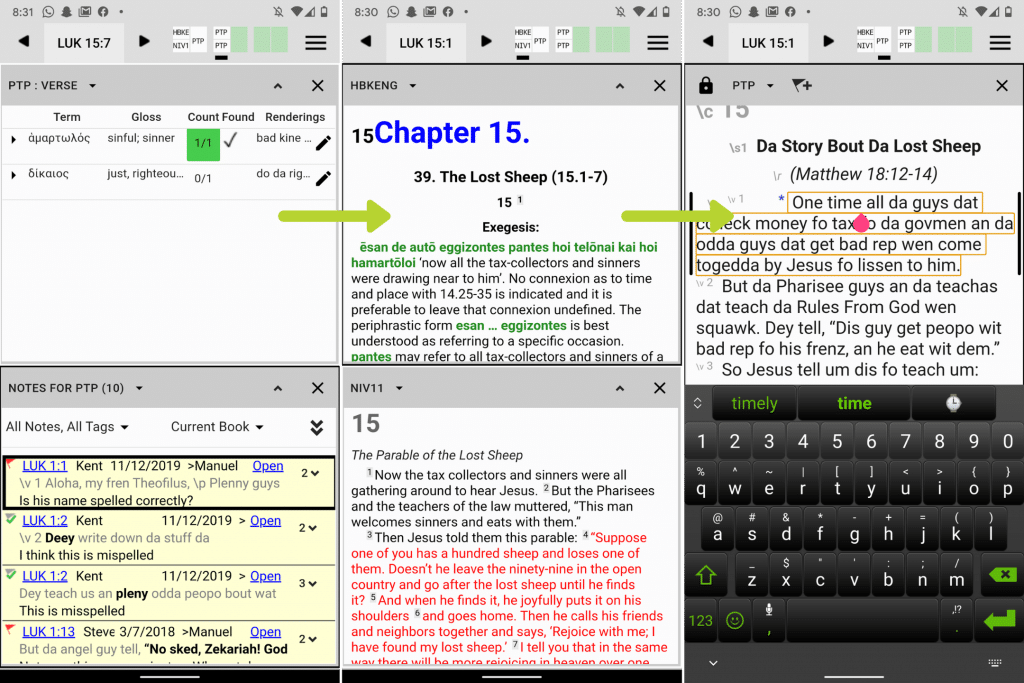
The proposed approach, in fact, provides a solution to deal with complexity in Indian languages and can be extended to many other languages in the world. Performance of the keyboards have been evaluated, and the evaluation substantiates that proposed design achieves on average higher text entry rather than with conventional virtual keyboards. We have tested our approach with the three most spoken languages in India, namely, Bengali, Hindi, and Telugu.

You will see an on-screen keyboard on your screen. Then we propose a virtual keyboard layout suitable for efficient text entry in Indian languages. Perform the below-mentioned steps one by one: Firstly, press ‘Windows key + R’. First, we examine the suitability of existing design principles in developing virtual keyboards in Indian languages. Composition of texts in Indian languages using virtual keyboards needs special attention due to the presence of large character sets, complex characters, inflexions, and so on. This article proposes an approach to designing virtual keyboards suitable for text entry in Indian languages. As an alternative, researchers advocate virtual keyboards in users’ mother languages. QWERTY keyboard, however, which was designed for text entry in English, is not as suitable for text composition in other languages.

Text input mechanisms in users’ own languages are necessary for bringing the ICT advantages to the English illiterates. Of late there has been significant development in Information and Communication Technology (ICT), which offers interaction with computing systems in a large scale.


 0 kommentar(er)
0 kommentar(er)
